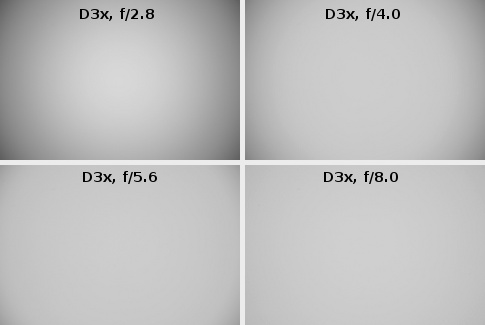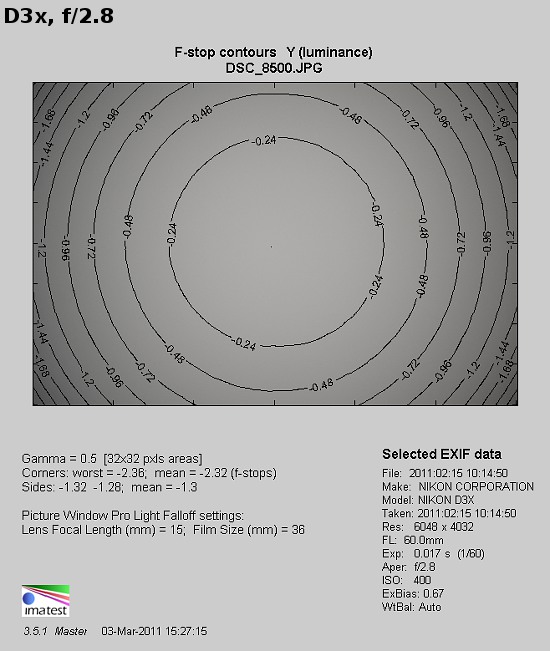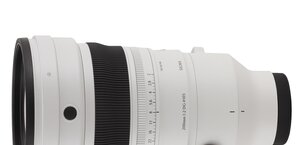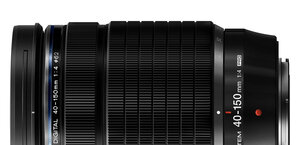Nikon Nikkor AF-S Micro 60 mm f/2.8G ED
8. Vignetting

By f/2.8 you can notice some brightness loss in the frame corners as it reaches the visible level of 36% (−1.30 EV) there. Only on stopping down to f/4.0 we can make the problem disappear because then the vignetting decreases to 12% (-0.39 EV) and becomes imperceptible by f/5.6, where it is just 7%.
Please Support UsIf you enjoy our reviews and articles, and you want us to continue our work please, support our website by donating through PayPal. The funds are going to be used for paying our editorial team, renting servers, and equipping our testing studio; only that way we will be able to continue providing you interesting content for free. |
- - - - - - - - - - - - - - - - - - - - - - - - - - - - - - - - - - - - - - - - - - - - - - - -
The real difficulties we encounter on full frame. The thumbnails below show it perfectly well.

At the maximum relative aperture, in the frame corners, the light fall-off gets to 55% (-2.32 EV). The vignetting is still easily perceptible by f/4.0, where it amounts to 36% (-1.29 EV). Only by f/5.6 and f/8.0 we can speak about a moderate and low level of this aberration as the brightness loss measured for the frame corners, is 22% and 11% respectively.
 |






